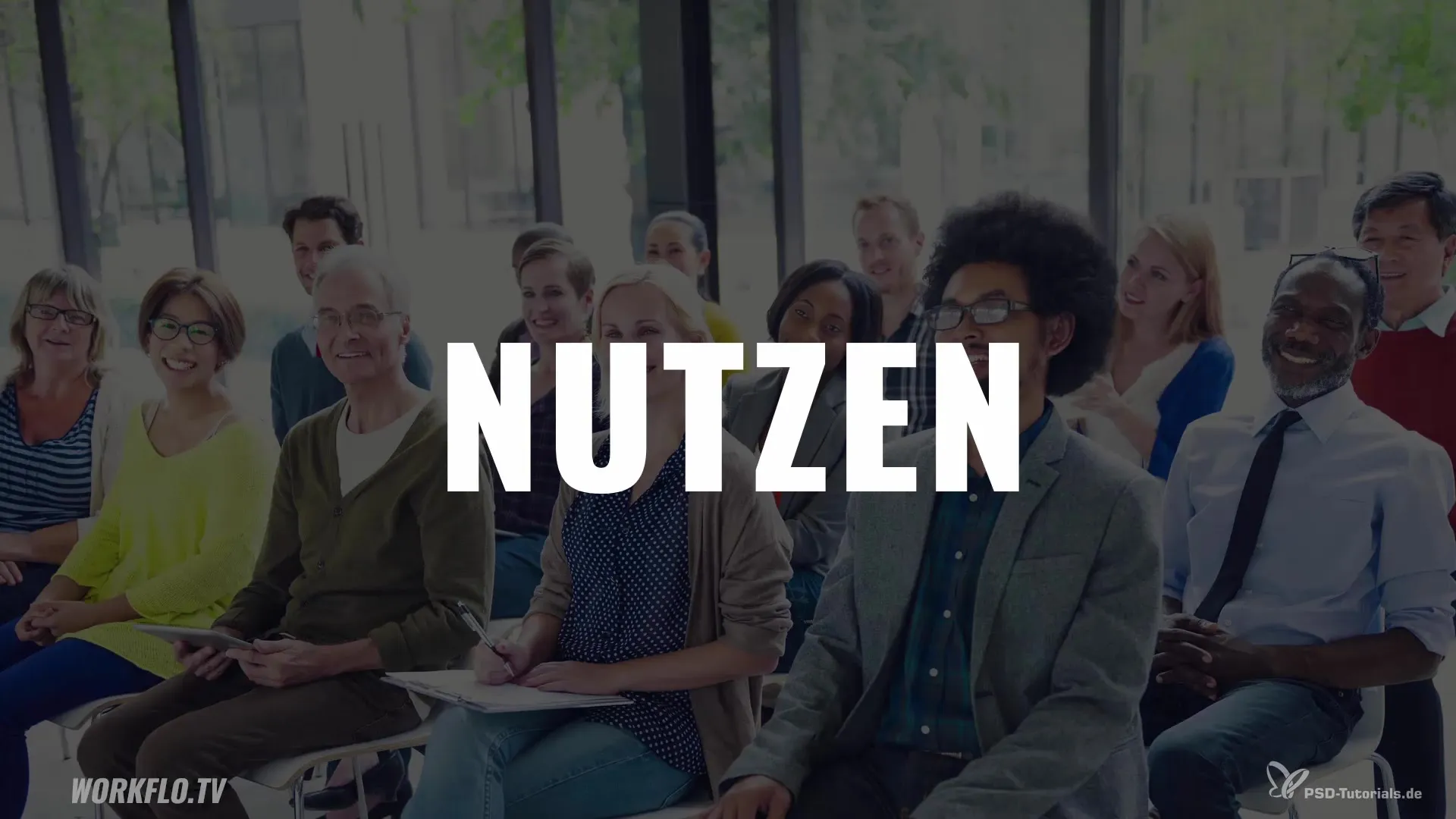Every successful presentation begins with a careful look at the audience. Who are the participants, what needs do they have, and what do they expect from you? You will see that your presentation will be not only persuasive but also relevant. Let’s dive into the preparation and clarify why it is important to know your audience well.
Main insights
- Target audience analysis is the key to the success of any presentation.
- Understand the concerns and needs of your audience.
- When addressing different age groups, you should adapt your language.
- Openness to new information is crucial for the effectiveness of your presentation.
- The benefits of your presentation must be clearly recognizable.
Step-by-Step Guide
Step 1: Conduct high-quality audience analysis
Before you start working on the content of your presentation, you need to find out who is sitting in front of you. Discover what people make up your audience. Here, the names of decision-makers are important. Consider whether your audience is older or younger.
If you have an older audience, you should choose a less youthful language and avoid complex terms that not everyone understands. Think about what concerns or needs the participants associate with the topic of your presentation.
Step 2: Identify needs and concerns
A thorough analysis goes further. What specific problems do the participants have? Is the economic situation or other factors causing uncertainty? Try to address these points in your presentation. Note the potential challenges your audience faces in order to offer solutions.
Additionally, it is important to assess the physical and mental openness of your listeners to new information. Determine whether the participants are ready to accept new approaches or if they want to stick to traditional methods.
Step 3: Gather advance information
Use all available channels to learn more about your audience. This can be done through platforms like XING or Google. You should enter the names of your participants and look for clues about what is on their minds.
An effective way to tune in to your audience is to send out a questionnaire. This allows you to gauge the expectations and wishes of your listeners ahead of time. This shows your interest in their needs and contributes to the quality of your presentation.

Step 4: Clearly define the benefits
A presentation can only be successful if the audience derives tangible benefits from it. Consider what the attendees expect from your presentation. They may have arrived to gather information or to be convinced. Every topic should offer a solution.
Address the participants' problems—whether sales figures are weak or employees are under high stress. Your proposed solutions will help overcome these challenges.

Step 5: Establish the benefit bridge
Now that you have a clear picture of your audience and their needs, the next step is to create a connection between these needs and your proposed solutions. This is done through what we call the "benefit bridge."
The benefit bridge is a clear message that shows how your solution specifically benefits the audience. For example, your new product based on the freemium model could allow users to try it for free. Always clarify what this means for your listeners.

Summary – Presenting Persuasively: How to Analyze Your Audience
Getting to know your audience and understanding their needs is essential for an effective presentation. By gathering information in advance and identifying a clear benefit for your listeners, you can ensure that your presentation is not only informative but also persuasive and relevant.
Frequently Asked Questions
How do I find out who my audience is?Research in advance on platforms like XING or Google to gain insights about the participants.
Why is it important to know the audience's concerns?Understanding concerns helps you tailor the content of your presentation specifically to the needs of the listeners.
How can I assess the openness of the audience?Through surveys or feedback forms that you send out in advance, you can capture the audience's attitude towards your topic.
What is a benefit bridge?The benefit bridge connects the needs of your audience with your proposed solutions and shows what direct benefit they can gain from your presentation.
How can I clearly communicate the benefits of my presentation?Offer concrete solutions tailored to the problems of your listeners and explain what these specifically mean for them.


